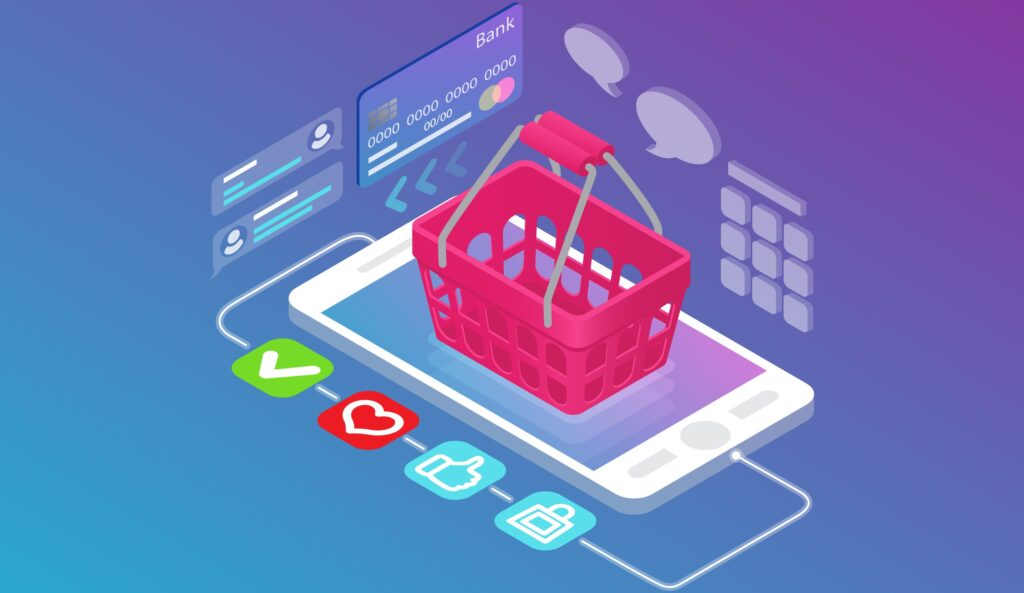
Loyalty programs are as old as trade itself. Back in the 90s, marketers were already teaching that you need to “retain the customer,” “reward repeat purchases,” and “build relationships.” Today, all this sounds even louder in eCommerce — when a customer can switch to a competitor with a single click if they don’t like something: the price, delivery, packaging, or… A loyalty program for returning customers.
And it may seem simple: come up with a bonus system, introduce reward points, give a birthday discount — and you’re good to go. But in the reality of online stores, especially large ones, even the most basic mechanic — “Buy a laptop, get a discount on a mouse” — turns into a technical quest. Why?
Because marketing doesn’t work when content doesn’t work. Without properly structured product content, a loyalty program stops being ‘smart’ — it becomes just a discount template. And that’s where it gets interesting.
Why traditional loyalty programs perform worse than they should
Most online stores take the easy route: award points for orders, give discounts for repeat purchases, send promo codes in newsletters. All of this works, but… it’s way too generic. Customers feel they’re not being addressed personally. They don’t receive offers that are truly relevant to their interests.
The reason? The mechanics are disconnected from the actual product behavior of the customer.
Marketing doesn’t know:
· what exactly the customer bought (in detail, including modifications and categories),
· how this purchase relates to other products in the catalog,
· which segment the customer belongs to based on this data,
· which products can be offered as complements,
· which “sets” work within their interests and aesthetics.
And none of this is because marketers are bad. It’s because they lack a proper, accessible layer of product information to work with. The effort spent on customer retention and increasing loyalty ends up wasted.
Example: a simple bundle — a complex task
You want to launch a simple mechanic: buy a laptop — get a discount on a mouse. Seems clear. But how does the system know what counts as a laptop? Which models belong in this group? Which mice are compatible in terms of design, brand, color, or price segment?
Now imagine something a bit more complex:
· Buy a monitor and a keyboard — get a discount on a stand and a cable.
· Buy running shoes — earn points for purchasing the full set (shorts, t-shirt, socks from the same line).
· Buy a chair and a table from the same brand — get free delivery.
All this requires semantic connections between products, an understanding of their attributes, categories, collections, compatibility. And if your product content is just “Description” in one field and “Photo” in another, none of this works.
The system doesn’t see relationships. It doesn’t know that a chair and a table belong to the same collection. It doesn’t know that the mouse and laptop are the same brand. It can’t tell a “pink keyboard” from a “black one in the business line.” And marketing without these connections is blind.
Loyalty program = analytics + mechanics + content
When we at NotPIM.com consult clients on building catalogs, we see the same story again and again: marketing is ready, the ideas are there, the mechanics are designed — but technically there’s nowhere to plug them in. Because product data is messy, unstructured, and inconsistent.
Want to offer a discount on “products from the same category”? Okay, but in your product database categories are duplicated, unnormalized, or missing altogether.
Want to offer products from one brand or collection? In 30% of product cards, the brand is missing, and in the rest — it’s entered manually, with different errors (Apple, APPLE, Appl).
Want to create bundles or recommend cross-sell items? The system can’t identify complementary products because attributes are stuffed into a single text field, with no real links.
As a result, even with good intentions to launch a smart mechanic — nothing works out.

What you need to launch “smart” loyalty
In reality, it all comes down to three things:
1. Structured product content.
o Each attribute in a separate field.
o Categories normalized and consistent.
o Brands, collections, product lines — clearly defined.
o Information on compatibility, colors, materials.
2. Connections between products.
o Complementary products (mouse + laptop, case + smartphone).
o Alternatives and similar products.
o Bundles and pre-set kits.
3. A platform that connects this to your CRM or loyalty system.
o So analytics can understand: the customer bought this, let’s offer that.
o And not just “by category,” but by meaning, by a set of attributes.
How we solve this at NotPIM.com
Our mission is to turn your content into an asset, not just a pile of descriptions. In the NotPIM.com system:
· All attributes are normalized and classified.
· Categories are structured in a hierarchy without duplicates.
· Brands are unified.
· Additional data is pulled from external sources: manufacturer websites, marketplaces, international resources.
· Products are linked semantically: “bundled with,” “complements,” “compatible with.”
This means that after importing from suppliers, you can:
· quickly set up promotions by categories, brands, collections,
· create bundles,
· build personalized offers,
· recommend products that truly match the current purchase.
And that’s when a loyalty program becomes not just a campaign, but a real part of the customer experience. The customer feels they’re being offered things they actually need, not just “a discount on everything.”
A loyalty program is not a separate tool — it’s part of the infrastructure
Many try to build loyalty programs as a separate module: “let’s connect a points service” or “let’s add a newsletter with promo codes.” All useful, but without a solid product data foundation, it’s dead on arrival.
Content is the foundation on which real, smart, dynamic loyalty programs can be built:
· where every offer is personalized,
· where discounts are based on actual behavior,
· where bundles are logical and appealing,
· where the store shows it understands the customer.
And if you’re not there yet — that’s okay. At NotPIM.com, we exist precisely to put your content in order. So you can do what you planned — and make it technically possible.
Conclusion
Loyalty programs aren’t built on discounts. They’re built on understanding the customer. And to understand the customer, you need to know what exactly they bought and how it relates to other products. And that’s impossible without proper product content.
So if you want to launch advanced mechanics, recommendation systems, bundles, complementary products — everything that makes eCommerce smart and profitable — start with content.
And everything else — we at NotPIM.com will help you build. Clean. Reliable. Scalable. Without spreadsheet chaos.